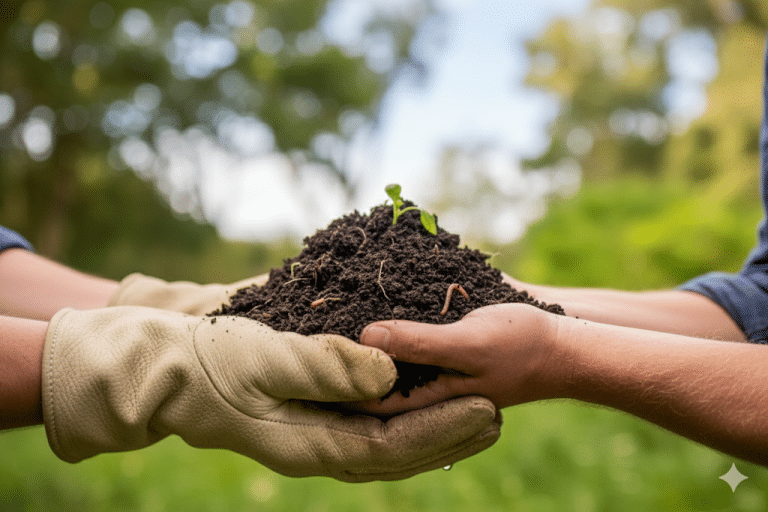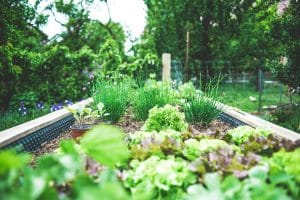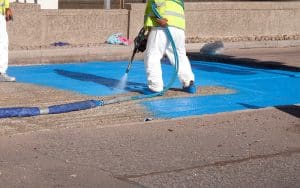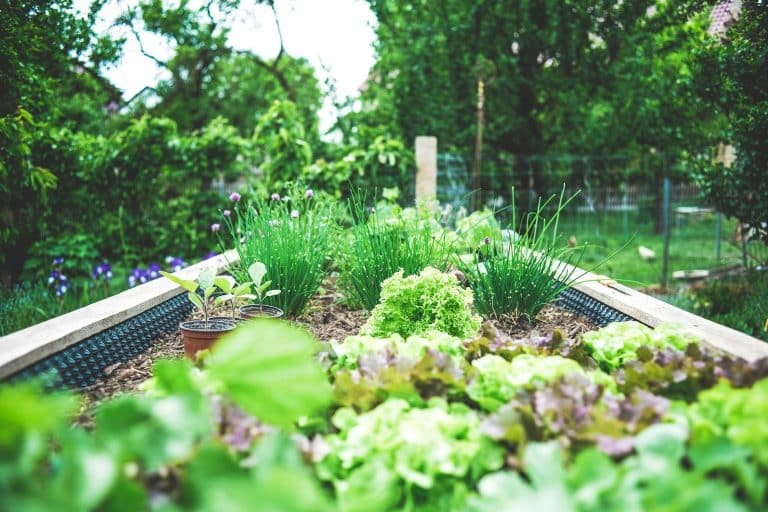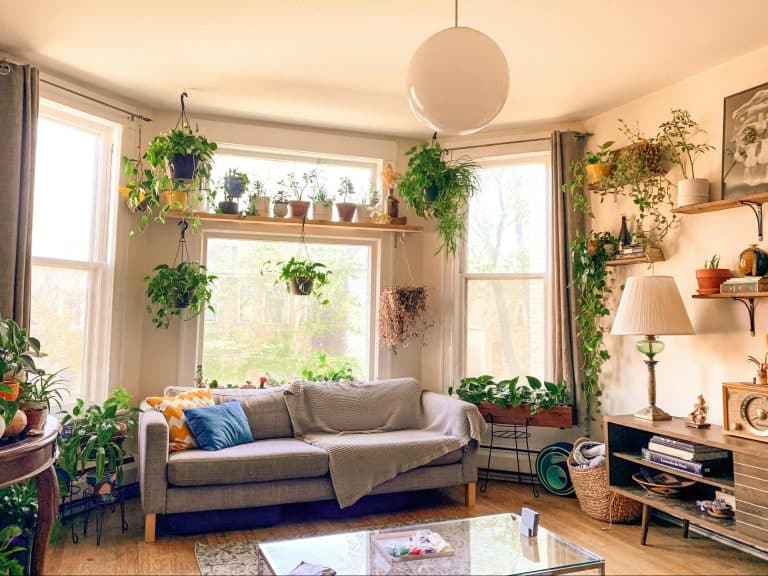When most people think about achieving the perfect lawn or garden, their first thought is often fertilizer, irrigation, or the latest plant varieties. But ask any seasoned gardener or lawn enthusiast, and they’ll tell you the truth: it all begins with the soil. A strong foundation beneath the surface determines how lush, vibrant, and resilient your outdoor space will be.
In this article, we’ll uncover why soil health is the unsung hero of every green space and explore practical steps you can take to build rich, living soil that will reward you with healthier plants, fewer problems, and a backyard worth showing off.
Why Soil Health Matters More Than You Think
Think of soil as more than just dirt. It’s a living ecosystem teeming with microorganisms, organic matter, minerals, and air pockets that plants rely on. When soil is healthy, it acts like a balanced pantry and hydration system for your plants—delivering nutrients, regulating water, and protecting against pests and diseases.
Unhealthy soil, on the other hand, creates constant headaches: weak root systems, patchy lawns, stunted growth, and the frustrating cycle of throwing down fertilizer after fertilizer with little improvement.
By focusing on the soil first, you’re not just putting plants into the ground—you’re giving them a nurturing environment where they can thrive.
Signs Your Soil Needs Attention
Before you start improving your soil, it’s helpful to recognize the red flags that might mean trouble beneath the surface:
- Patchy lawn growth – Some areas stay green while others struggle, despite equal care.
- Standing water – Poor drainage leaves puddles after rain or irrigation.
- Hard, compacted ground – Roots can’t breathe or grow easily.
- Excess weeds or moss – These often take over where healthy grass can’t compete.
- Plants that yellow easily – A sign of nutrient deficiency or pH imbalance.
If any of these sound familiar, your soil is sending a clear message: it’s time for some TLC.
Step 1: Test Before You Treat
A simple soil test is one of the most powerful tools you can use. It tells you the current pH, nutrient levels, and organic matter content so you can make informed choices instead of guessing.
Most local extension offices, garden centers, or online kits like professional soil testing services. Once you know what your soil needs, you can tailor your amendments to give it exactly what it’s lacking.
Step 2: Add Organic Matter—Nature’s Miracle Worker
If there’s one secret ingredient to soil health, it’s organic matter. Compost, shredded leaves, grass clippings, or aged manure all enrich the soil with nutrients while improving texture.
Organic matter does three important things:
- Feeds microbes – Healthy microbes break down nutrients into forms plants can use.
- Improves structure – Looser soil means better root penetration and drainage.
- Boosts water retention – Sandy soils hold water longer, while clay soils drain better.
Aim to top-dress your lawn with a thin layer of compost in spring or fall, and work compost into garden beds each planting season.
Step 3: Balance Water and Air
Healthy soil isn’t just about what’s in it—it’s about how it breathes and hydrates. Roots need both water and oxygen, which is why aeration is essential for compacted lawns. By perforating the soil with small holes, aeration helps water, nutrients, and air flow where roots need them most.
In garden beds, mixing in coarse materials like perlite or pine bark can also improve aeration, especially for heavy clay soils.
Step 4: Choose Plants That Work With Your Soil
Not every plant thrives in every type of soil—and that’s okay. Instead of fighting nature, choose plants that naturally do well in your existing conditions. For example, some ornamental grasses love sandy, well-drained soil, while hydrangeas and ferns prefer rich, moist ground.
Matching plants to your soil type saves you time, money, and frustration, while still delivering beautiful results.
Step 5: Feed the Soil, Not Just the Plant
Conventional fertilizers can give plants a quick boost, but they don’t do much to improve the long-term health of your soil. Think of them as a “band-aid solution.” Instead, consider slow-release fertilizers, natural amendments like bone meal or kelp, and organic blends that nurture the soil ecosystem as a whole.
This holistic approach means your plants get consistent nutrition, and your soil grows stronger year after year.
Step 6: Mulching for Protection and Nutrition
Mulch is one of the easiest and most effective ways to protect your soil. A 2–3 inch layer of shredded bark, straw, or even grass clippings keeps the soil cool, prevents weeds, reduces evaporation, and slowly breaks down into organic matter.
For lawns, leaving grass clippings on the turf after mowing provides a free, natural mulch that recycles nutrients back into the soil.
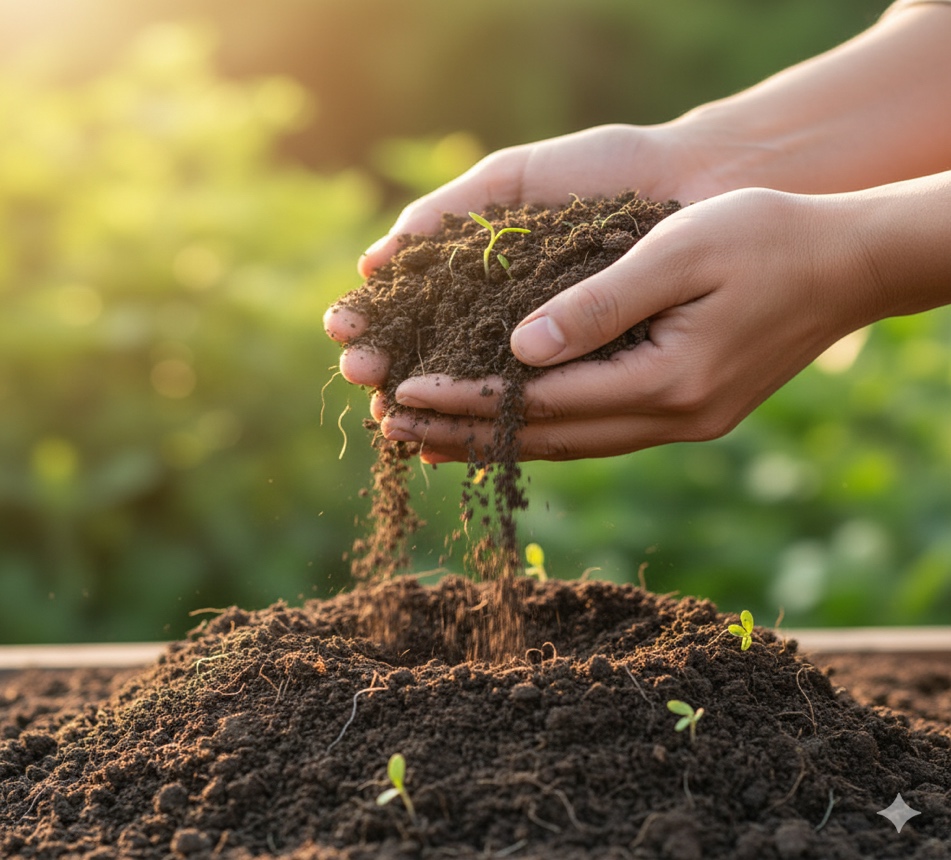
The Long-Term Payoff
Improving your soil isn’t a one-time job—it’s a gradual process that pays compounding dividends. Each year, as you add organic matter, balance nutrients, and care for the soil ecosystem, your lawn and garden will become more self-sufficient. That means:
- Fewer weeds.
- Less need for chemical treatments.
- Stronger plants that resist pests and diseases.
- A lawn that neighbors admire and a garden that flourishes season after season.
Bringing It All Together
Healthy soil is the hidden engine behind every thriving lawn and garden. When you test your soil, enrich it with organic matter, aerate, mulch, and choose the right plants, you’re setting yourself up for success that lasts well beyond a single season. For even more ideas, you may find it helpful to explore resources like eco-friendly lawn care tips.
So, the next time you feel tempted by a quick-fix fertilizer, remember this: your soil is the true investment. Nurture it, and it will reward you with years of lush, vibrant growth.


